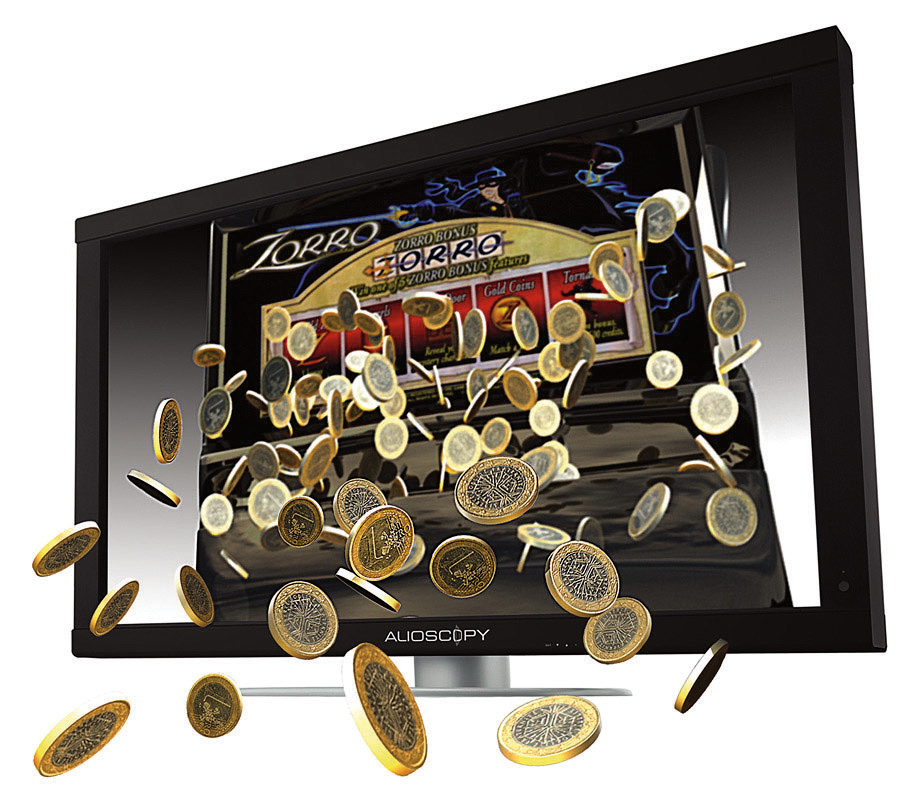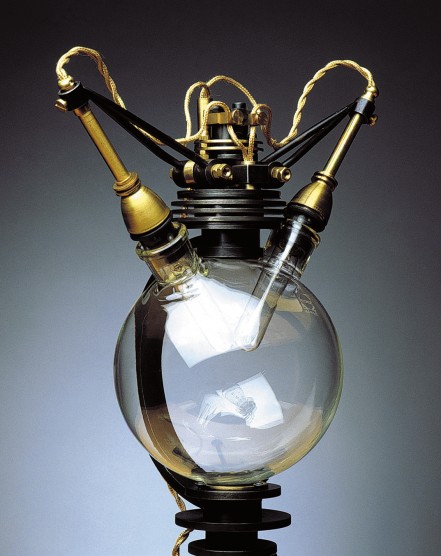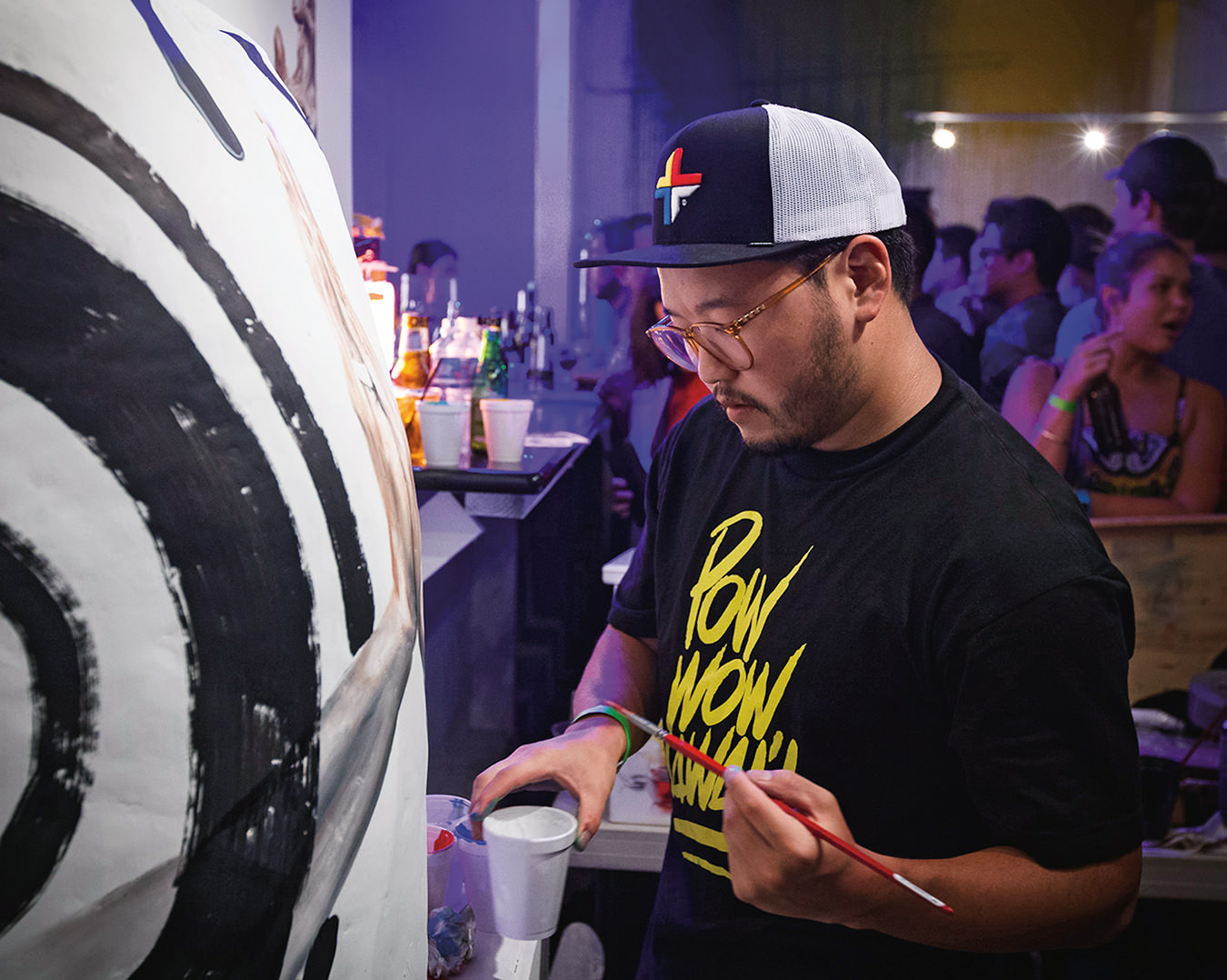Ideas, Inventions, and Innovations
O brave new world.

TV Reality
Flying cars. Robot servants. Jetpacks. Of all the science-fiction dreams that permeated the genre during the last century, few have been realized. Although innovations like the Internet are by no means insignificant, there has been a dearth of wow in current innovations.
But one of those futuristic ideas is soon to become popularized: three-dimensional entertainment. After experiencing a surge in popularity during the 1950s, the technology has been pretty quiet for the last half-century. Until now.
With James Cameron’s film Avatar set to infiltrate movie theatres and popular culture, the technology is sure to receive a boost. And major technology companies are putting a great deal of effort into creating 3-D televisions, which would make watching your favourite show a much more engaging experience. But TV is certainly not the extent of the technology’s potential.
And that’s where Alioscopy comes in. The company is a leading developer of 3-D technology solutions, and has developed a range of autostereoscopic (3-D that doesn’t require glasses) displays. But although all the rage has been for 3-D entertainment—movies and television—Alioscopy has a much more diverse agenda.
“The most obvious market for our technology is in digital signage,” says Philippe Roche, CEO of Alioscopy USA. “For example, kiosks, airports, hotels, cinemas, casinos, trade shows, etc. Basically any company can use our technology to get consumers to stop, watch, and get their message across.”
The applications—and cultural ramifications—of 3-D ads are enormous, and already common in sci-fi; films like Blade Runner and Minority Report have toyed with the evolution of advertising, depicting skyscraper-sized, moving commercials that literally speak to you personally as you walk down the sidewalk. It’s a development that’s sure to change the way we think of billboard advertising.
Alioscopy is also doing work with medical, automotive, and education applications. But whatever its application, 3-D is looking to become one of the hallmark developments of the 21st century. As Roche says, “3-D is actually much more than just a new technology. It’s a real new dimension where customer or viewer is completely immersed. It’s an immersion experience, not a ‘passive’ viewing experience, which is where 2-D stands.”

One of Frank Buchwald’s Machine Lights.
Light Motif
Berlin-based designer and creator Frank Buchwald has put a retro spin on a seemingly inane device—the lamp—with his Machine Lights, a line of innovative designs for a simple light source.
“For me, the idea of the machine lights developed over many years of dealing with the nature of modern technology, especially the mechanical artifacts of the industrial age,” says Buchwald. “It is associated for me with the realization that an independent reality that withdraws itself from human access exists behind the manifest appearances of mechanical objects and secretly determines the world of the machines.”
The lights are alien-looking creations, standing on three or four legs, incorporating brass tubes and steel parts. Partially visible filaments give the Machine Lights a curious glow. “To achieve the distinctive ‘industrial look’, I do without modern materials, like plastics or LED lights,” says Buchwald. “I use only brass, special light bulbs, textile cables, and steel.” Each light is made by hand and takes at least four weeks to create.
The result is something that will naturally increase your productivity; the Machine Lights are so remarkable that you’re sure to want to stay up extra late just to work under its extraordinary radiance.




